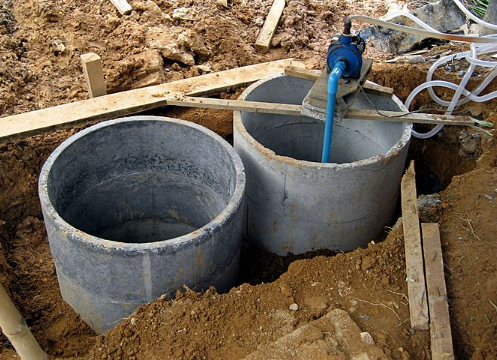 If you recently bought a home or property, one of the things you want is a functioning septic system. When you use the bathroom, wash your clothes, or take a shower, all the water has to go somewhere. Septic system designs oversee where your water goes after it leaves your home. Before the water can be safely entered back into the environment, it has to go through a filtering process.
If you recently bought a home or property, one of the things you want is a functioning septic system. When you use the bathroom, wash your clothes, or take a shower, all the water has to go somewhere. Septic system designs oversee where your water goes after it leaves your home. Before the water can be safely entered back into the environment, it has to go through a filtering process.
It’s important to understand how a septic system works so you know when something isn’t working correctly. Each step of the process is created by septic engineering to work perfectly for each home and business.
To help you out, here’s a quick overview of a conventional septic system to help you learn the process of wastewater leaving your home.
The Septic Tank
When you flush your toilet or take a shower, the water used will leave your home and enter the septic tank. All water that leaves your home enters this tank to start the process of filtering the wastewater so that it can enter the environment without any contaminants.
Solid wastes separate from the liquid. Solids begin decomposing with the help of bacteria in the system. The wastewater at the top begins filtering as it then flows through pipes. The next part of the process can be different for many septic systems, but the tank is always the first step.
Some alternative septic system designs use pumps to help speed the process up in the tank allowing for the home or business to have a smaller tank.
The Leach Field
After leaving the tank, the leach field is the next step on the journey. This is where the water is filtered further and returned into the environment. There are many different designs for a leach field. Some rely on gravel or sand to filter the wastewater while others use another step that filters the wastewater with aerobic pre-treatment unit allows aerobic bacteria to digest the waste. The water then goes into pipes that simply let it drip back into the soil. This design is good for land where the water table is higher.
No matter which type of leach field you have in your septic system. Once it leaves this part of the process, the water should be nice and clean. Ready to enter the water-cycle again.
